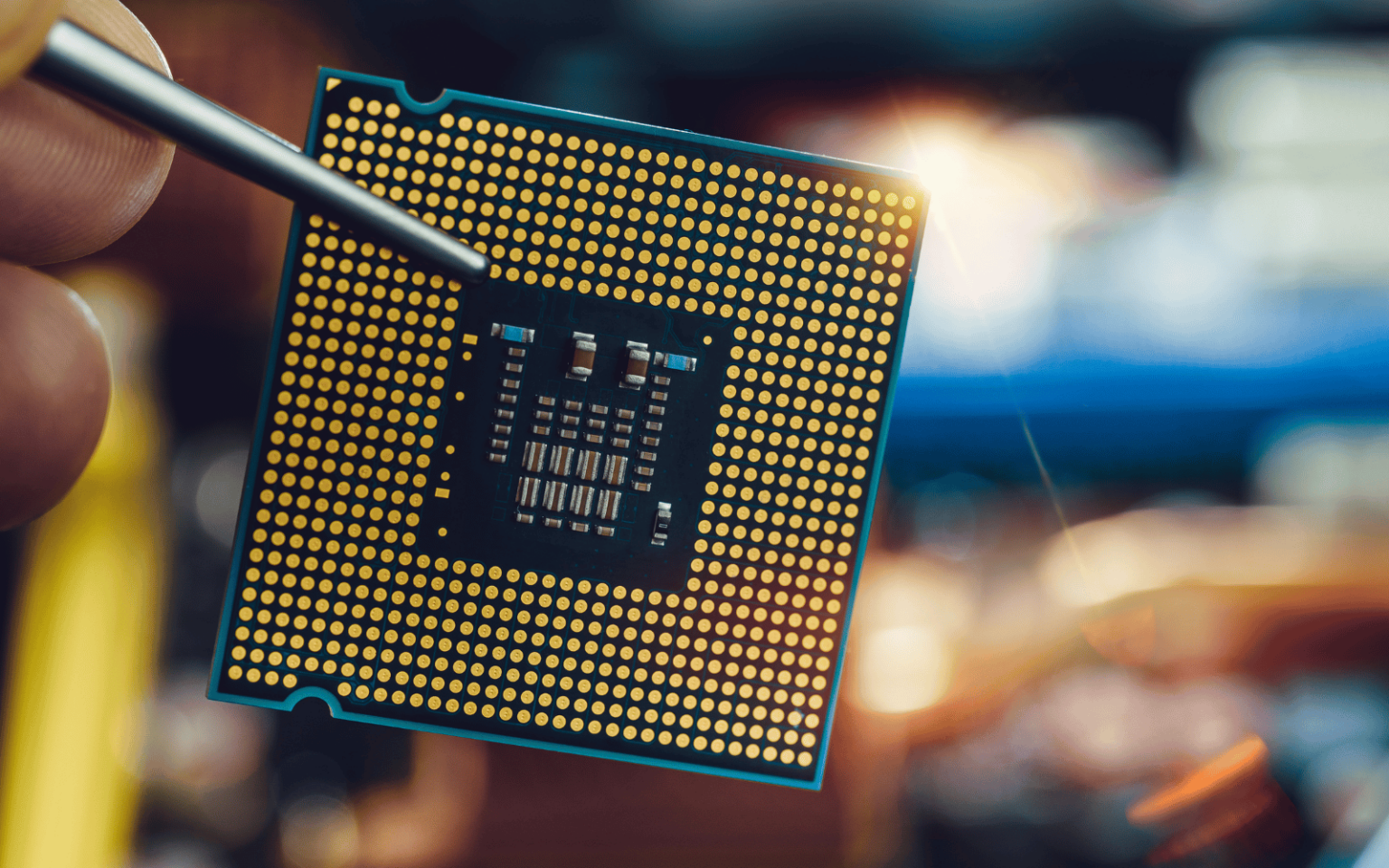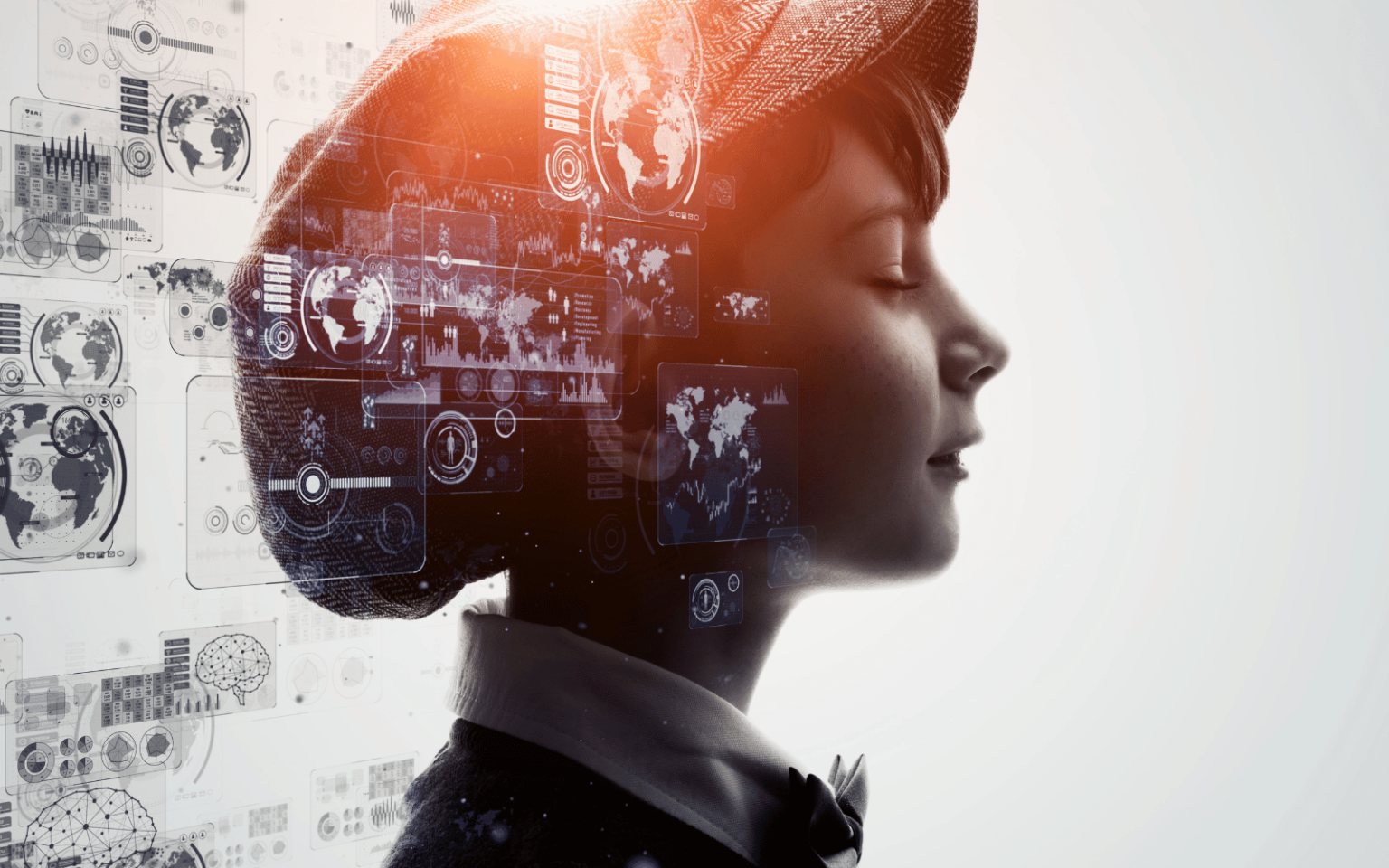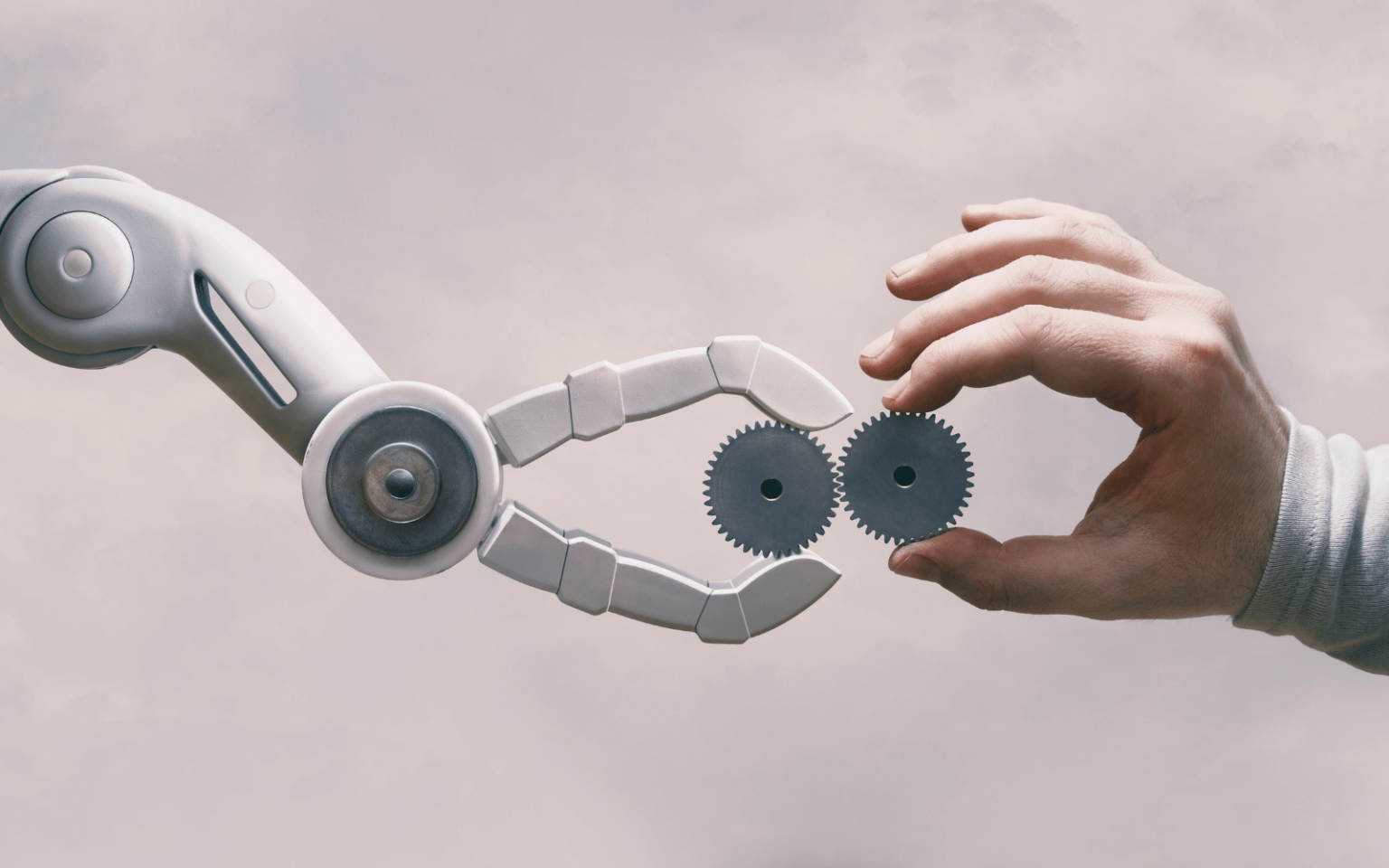The basic configuration of traditional propellers has not fundamentally changed since the first powered flight by the Wright brothers in 1903. However, as engineers learn more about aerodynamics and attempt new experiments, propellers are evolving to more complex shapes. These feature multiple blades, high sweep angles, blade tip devices and other features to optimise performance in different conditions. A recent advancement in propeller technology are “toroidal” propellers. These devices are ring-shaped, with the blades looping around each other. A few recent articles and videos have been hyping these – but how “revolutionary” are they, really? Refining the shape In 2017, researchers at MIT filed a patent…
Author: The Conversation
Enceladus is the tiny moon of Saturn that seems to have it all. Its icy surface is intricately carved by ongoing geological processes. Its icy shell overlies an internal, liquid ocean. There, chemically charged warm water seeps out of the rocky core onto the ocean floor – potentially providing nourishment for microbial life. Now, a new study, published in Nature, has uncovered more evidence. It presents the first proof that Enceladus’s ocean contains phosphorus, an element that is essential to life. The Cassini spacecraft, operated in orbit about Saturn 2004-17 by Nasa and the European Space Agency (Esa), found plumes of ice…
Financial services workers, medical students and others working in highly competitive environments are using so-called “smart drugs” to enhance cognitive performance. Do they actually work? Some of these drugs, such as methylphenidate (aka Ritalin) and dextroamphetamine, have been used successfully as part of treatment for attention deficit hyperactivity disorder (ADHD), but less is known about their effect on people who do not have ADHD. Users may report a subjective feeling of cognitive enhancement, but it has been less clear whether this corresponds to objective improvements in performance. In a new study, we examined the effect of three common “smart drugs” on cognitive performance, and our results suggest…
The bright, red star Betelgeuse in the constellation Orion has shown some unexpected behaviour. In late 2019 and 2020 it became fainter than we had ever seen it – at least in records going back more than a century. Briefly it became fainter (just about) than Bellatrix, the third brightest star of Orion. This event became known as the “great dimming”. But Betelgeuse has since become bright again. For a few days this year, it was the brightest star in Orion – brighter than we have ever seen it. Both events led to speculation about whether its demise in the form of an explosion…
A conflict between the US and China over computer chips – or semiconductors – has been escalating in recent months. In particular, the US has taken steps to limit China’s access to advanced chip technology amid heightened international competition in the area. The US recently tightened export controls to undercut China’s access to high-end chip manufacturing equipment and has banned top talent from working for Chinese semiconductor firms. Beijing retaliated by banning US chip maker Micron from operating in China. Taiwan plays a critical role in this struggle. It has a huge share of the global semiconductor industry, but is also the focus of tensions between Beijing…
Science fiction has always been a tool for processing life on Earth. Norwegian sci-fi expert Karl Kristian Swane Bambini has said that the space-bound genre is well placed to “interrogate and reimagine real-world economic disparities”. He gives the examples of, among other things, the 2013 blockbuster Elysium, wherein healthcare is only accessible off-world, to people with spaceships, and Kim Stanley Robinson’s 1990s Mars trilogy of novels, which opposes the egalitarianism of a Martian society to Earth’s capitalist dystopia. Regional development is about tackling spatial injustice – that is, regional inequalities. Doing so, though, isn’t just about measuring the difference between today’s haves…
Amid an ongoing cost-cutting effort, Twitter has now refused to pay the bills to renew its multi-year contract with Google Cloud, Platformer has reported. We’ve all heard of “the cloud” – but what does it have to do with Twitter? And more to the point, what will the consequences be for Twitter users if Google Cloud pulls the plug on the platform? What are cloud computing services? To put it simply, “the cloud” is an assembly of computing resources that are remotely accessible over the internet. These resources are leased out to internet-connected organisations so they don’t have to buy and…
Is computational creativity possible? The recent hype around generative artificial intelligence (AI) tools such as ChatGPT, Midjourney, Dall-E and many others, raises new questions about whether creativity is a uniquely human skill. Some recent and remarkable milestones of generative AI foster this question: An AI artwork, The Portrait of Edmond de Belamy, sold for $432,500, nearly 45 times its high estimate, by the auction house Christie’s in 2018. The artwork was created by a generative adversarial network that was fed a data set of 15,000 portraits covering six centuries. Music producers such as Grammy-nominee Alex Da Kid, have collaborated with AI (in…
A committee set up by Nasa has examined about 800 reports of unidentified anomalous phenomena (UAPs), or what most of us would call UFOs (unidentified flying objects). Nasa defines these events as sightings “that cannot be identified as aircraft or known natural phenomena from a scientific perspective”. The creation of this committee shows that Nasa is taking potential extraterrestrial events very seriously. On Wednesday, May 31 2023, the committee held its first public meeting to discuss what it is doing and what it has found so far, ahead of a full report later this year. It revealed some reports are easy to explain as boats,…
ChatGPT is a hot topic at my university, where faculty members are deeply concerned about academic integrity, while administrators urge us to “embrace the benefits” of this “new frontier.” It’s a classic example of what my colleague Punya Mishra calls the “doom-hype cycle” around new technologies. Likewise, media coverage of human-AI interaction – whether paranoid or starry-eyed – tends to emphasize its newness. In one sense, it is undeniably new. Interactions with ChatGPT can feel unprecedented, as when a tech journalist couldn’t get a chatbot to stop declaring its love for him. In my view, however, the boundary between humans and machines, in terms of…











